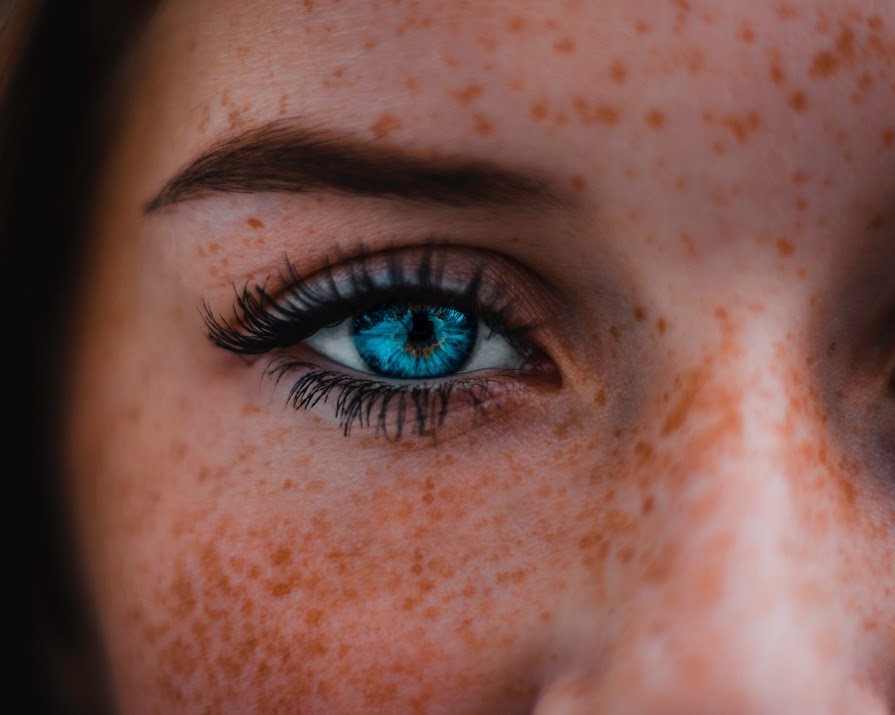By Grace McGettigan
01st May 2019
01st May 2019
This May is Skin Cancer Awareness Month, and with 11,000 new diagnoses being made every year, we want to raise as much awareness for it as possible. Here’s everything you need to know…
We’re a sensitive bunch, here in Ireland. Not characteristically, of course – we’re tough as nails. But our skin is as sensitive as it gets.
Often pale and prone to sun damage, we ought to be looking after it. But how often do you actually apply sunscreen? If your answer isn’t ‘every day’, something’s wrong.
Skin cancer is the most commonly diagnosed cancer in Ireland, with almost 11,000 people being diagnosed every year. While it’s often treatable, many times it’s not. For that reason, it’s important we protect ourselves in as many ways as we can.
Related: After two cancer diagnoses, I’ve finally
regained my body confidence
In a recent issue of IMAGE magazine, Lisa Tierney-Keogh opened up about her experience of the disease. Not only did she detail the “blur of fear” she felt following her diagnosis, but also the “traumatising” recovery period post-surgery.
The cancer was on her face – between her nose and lip – and she admits, “my face and its 30-something stitches had swelled so big that my daughter cried when she saw me”.
As Lisa learned, skin cancer can affect anybody at any time, so arm yourself with the facts to give yourself the best chance.
Most at risk

Skin cancer develops when your skin cells multiply faster than they’re meant to. Anyone who spends time outdoors is at risk of skin cancer, not just people who sunbathe. This includes people who work or play sports outdoors (whether it’s sunny or not).
With that in mind, there are a few things that increase your risk even more. These include having pale or freckled skin that doesn’t tan (or burns before it tans); having naturally red or fair hair; and having blue, green or grey eyes.
You’re also more at risk if you’ve ever used a sunbed; if you have a large number of moles; a history of sunburn; or a close family member who’s had skin cancer in the past.
What to look out for

Get to know your skin; what it looks like and what it feels like. It’s normal for little marks to come and go and moles often develop in people under 30, but be conscious of where these are and how long they’ve been there.
Skin cancers don’t all look the same. They can appear in a number of ways including a small lump; a flat, red spot; a firm, red lump; a lump or spot that is tender to touch; an ulcer that will not heal; a lump with a scaly or horny top; rough, scaly patches; or a new or changing mole.
If you notice any of the above, consult your doctor just in case. It might be nothing – but if it is something, the sooner you spot it, the sooner it can be treated.
How to use SPF correctly

Not all SPFs are the same, but try to find one labelled ‘broad spectrum’. This means it provides protection from both UVA and UVB rays. UVA rays penetrate deep into the dermis, your skin’s thickest layer, leading to fine lines and wrinkles. UVB rays, on the other hand, usually burn the top layers of your skin and play a key role in the development of skin cancer.
Whether it’s sunny or not, we should all be wearing sunscreen on a daily basis. UV rays can penetrate cloud and rain, so don’t be fooled on dull days. If you’re fair-skinned, Factor 50 is essential. Layer it on at least 20 minutes before heading outdoors so that your skin has time to absorb it – and be sure to reapply it based on your brand’s guidelines.
Tan = sun damage
Remember: When it comes to choosing your factor number, higher is always better. There’s no point applying sunscreen just for the sake of it.
As gorgeous as you think a natural tan will look, it’s technically a form of skin damage. The darkening of skin is a sign that you’ve absorbed UV radiation, so protect yourself with a high SPF and opt for tan from a bottle.
SPF and make-up

Women often say they dislike wearing sunscreen under their make-up because it makes them appear oily – but that just means you haven’t found the right one yet. There are plenty of foundation-friendly SPFs on the market.
Look for one that is oil-free and contains zinc oxide to reduce the appearance of shine and redness.
We love the La Roche Posay’s Anthelios line as it’s lightweight, Factor 50, and is suitable for sensitive skin.
IMAGE Skincare’s Prevention+ Daily Matte Moisturiser is a good alternative, promising an oil-free finish. Or, opt for the Murad City Skin Age Defense Broad Spectrum SPF 50.
For more information on spotting, treating, and preventing skin cancer, visit the Irish Cancer Society website here.
Photo: Unsplash
Read more: ‘Mummy has cancer’: how to talk to children about a parent’s diagnosis
Read more: Breast cancer awareness: how to check your breasts at home
Read more: After two cancer diagnoses, I’ve finally regained my body confidence























